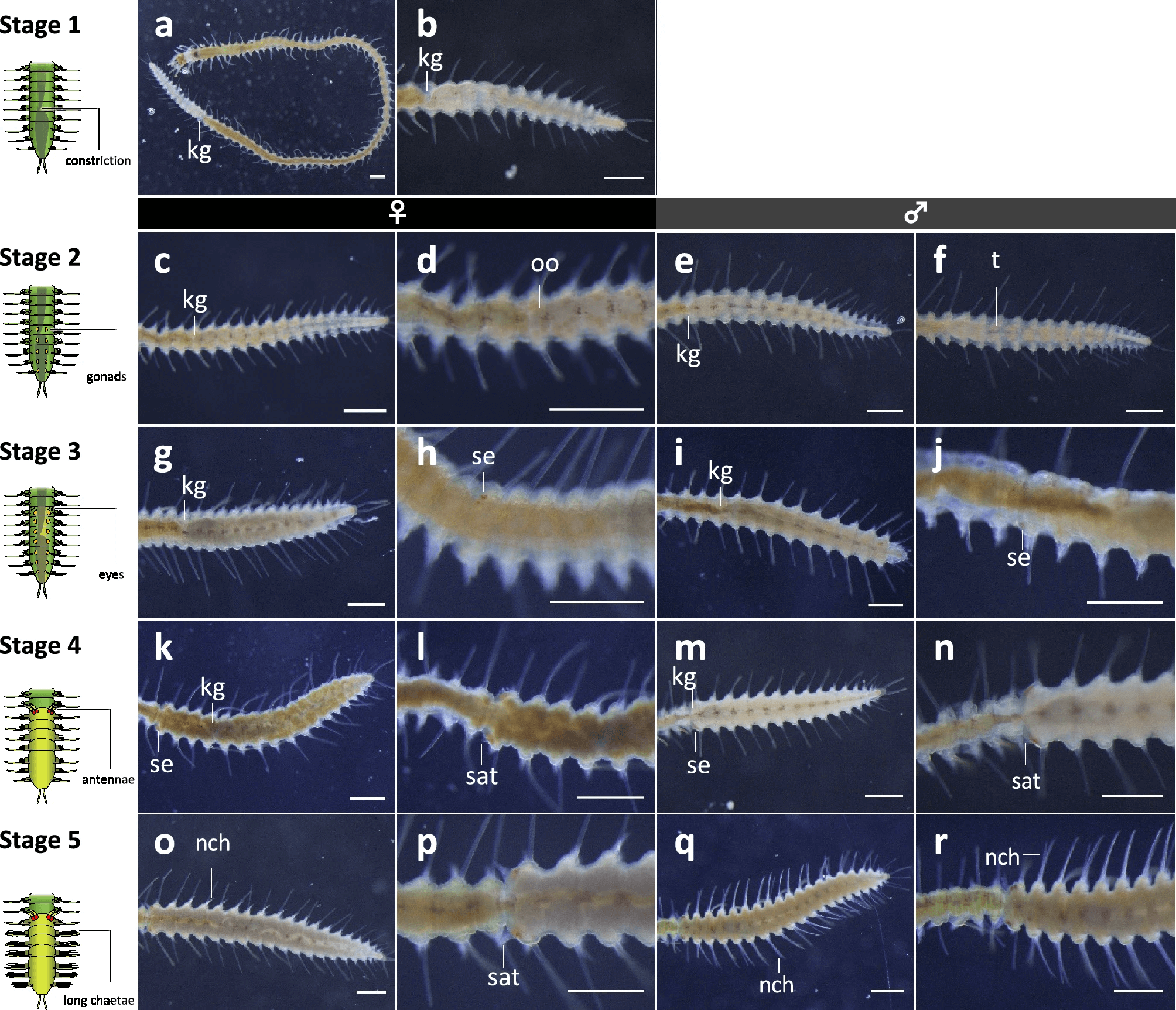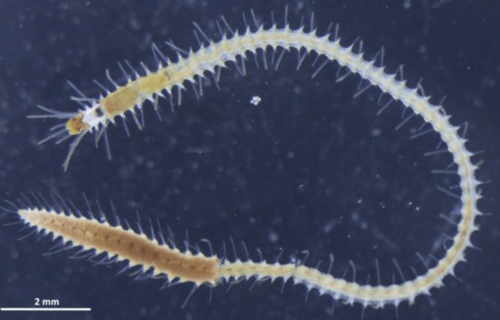TOKYO, Japan — If you looked at a Japanese green syllid worm, you might have thought the poor creature was torn in half or escaped from a brutal predator. For most creatures, having your butt detached from the rest of your body would spell the end, but for this worm, it’s actually a way to bring about new life.
For the first time, researchers from Japan have figured out why the posterior of this sea worm swims away. Their findings reveal it is a unique reproductive strategy that transforms the lower half into a “mini-me” version of the worm.
Changing its lower half into another worm is a process called stolonization. When this rear end breaks free, it also takes the worm’s egg or sperm with them. It then swims around to look for another worm of the opposite sex.
The Japanese green syllid worm developed this uncommon reproductive strategy to increase its chances of survival, according to researchers from the University of Tokyo. The main body is protected against an attack from predators or other environmental hazards. Additionally, the severed butt can swim farther distances and disperse gametes (eggs or sperm) across the sea.

One question that has puzzled scientists is how would a sea worm’s rear end jiggling in the sea know how to spot a potential mating partner? The authors of the study note that the posterior comes equipped with its own set of eyes, antennas, and swimming bristles!
However, that raises another mystery — how does the stolon form a head in the middle of its original body?
To get to “the bottom” of the problem, researchers looked at the genes of these worms. More specifically, they targeted head formation genes used to make the heads of other animals. These genes are usually turned off until a worm becomes sexually mature. If this gene was not switched off, worms would be creating an endless number of heads in the middle of their torso. When their sex gland develops, the head-formation genes turn on. Eventually, the bottom half has its own head, eyes, antennas, nerves, and brain.
“This shows how normal developmental processes are modified to fit the life history of animals with unique reproductive styles,” explains study author Toru Miura, a professor from the University of Tokyo, in a media release.
Another pair of genes, known as Hox genes, determine where the body divides into its upper and lower half. Interestingly, the expression of these genes did not change throughout this entire process. This means that beyond a new head, everything else stays the same.
“This indicates that only the head part is induced at the posterior body part to control spawning behavior for reproduction,” Miura adds.
The study is published in Scientific Reports.
You might also be interested in:
- Amazing videos reveal how tiny worms use electricity to jump onto other creatures
- Even worms get the munchies from marijuana, study reveals
- Parasitic worms are the key to a longer life? Scientists say they can actually help slow aging


So this explains the present day GOP.